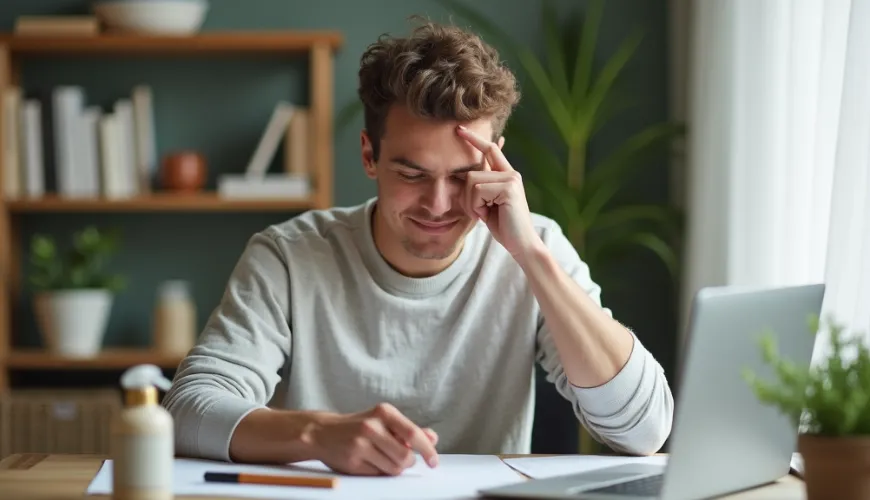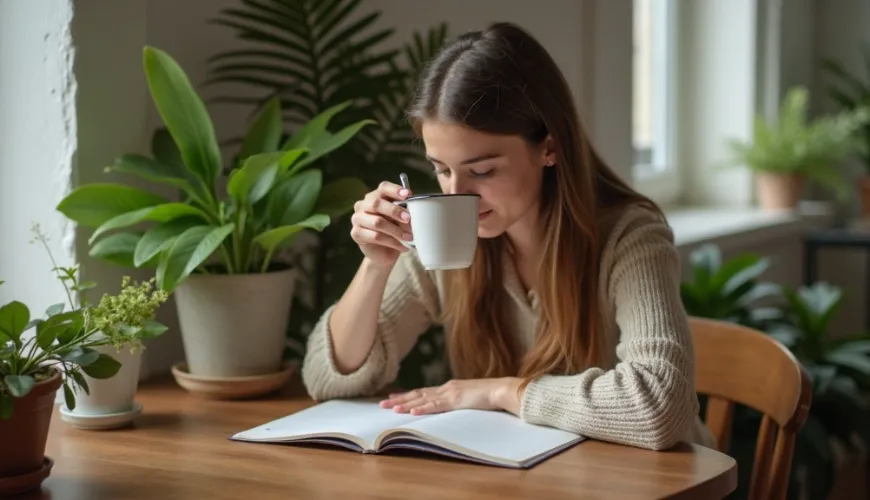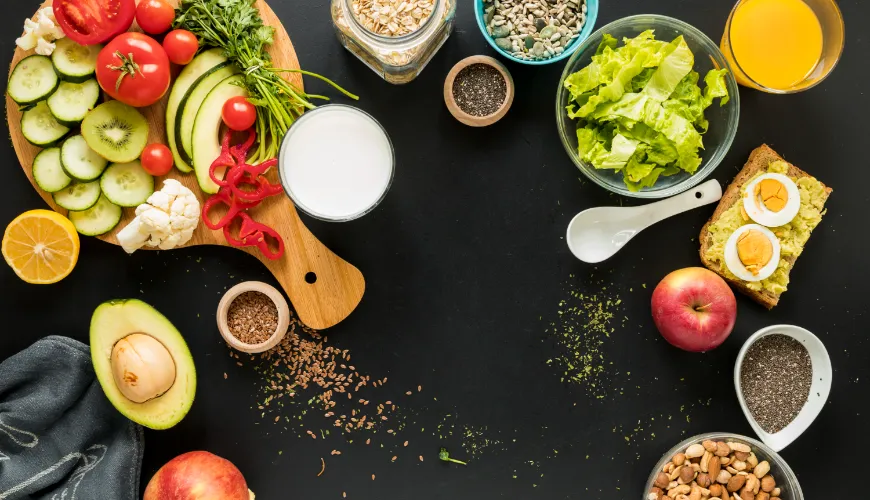
How Pressure Points are Transforming Everyday Health Care

Pressure Points - Ancient Knowledge with Surprising Efficiency
The human body is a fascinating system that reflects not only physical health but often also mental well-being. While modern medicine relies on science and technology, Eastern philosophy and traditional healing practices like Chinese medicine, reflexology, or Ayurveda believe that there are specific pressure points on the body, whose stimulation can influence entire organ systems. These pressure points on the feet, palms, or hands are gaining more attention today—especially at a time when we seek natural ways to care for our health.
What are pressure points and how do they work?
Pressure points, also known as acupressure points, are specific spots on the body connected to internal organs and body systems via energy pathways. These pathways, known as meridians in traditional Chinese medicine, form a network that allows the flow of "life energy" qi. If the flow of this energy is disrupted—perhaps due to stress, fatigue, or poor lifestyle—physical and mental issues can arise. Activating the appropriate point can restore the energy flow.
Unlike acupuncture, which uses needles, acupressure relies on gentle finger pressure. It is not painful and can be done by the individual at home. Its strength lies in its simplicity and natural approach.
Pressure points on the feet
Feet carry our weight every day, but we often forget the important role they play in terms of health. Reflexology, a technique stemming from traditional Chinese medicine, believes that feet are a mirror of the entire body. Each reflex point on the foot corresponds to a specific organ. For example, the tip of the big toe is linked to the brain, while the heel is connected to the spine and the area under the toes to the lungs.
An example can be a woman suffering from chronic fatigue. After repeated stimulation of the reflex point connected to the kidneys—which is located in the center of the foot—she began to feel a noticeable increase in energy. This is not an isolated case. Many people report that regular foot massages help relieve back pain, digestive issues, or insomnia.
Interestingly, some pressure points on the foot may be sensitive when the corresponding organ is not functioning optimally. In this way, the body can signal that it needs more care. During a massage, it is important not only to know where specific points are located but also to listen to the body—pain upon pressing can be informative, not a warning.
What do palms reveal about us?
Just like feet, palms are also centers of reflex points corresponding to different parts of the body. On the palms, there are points related to digestion, breathing, and even mental well-being. For example, the pressure point in the center of the palm, known as Laogong (Pericardium point 8), is associated with stress and tension relief. Gentle stimulation can help with anxiety or lack of concentration.
People's experiences show that pressure points on the palm can be easily used in everyday life. For instance, during long waits in a queue or during meetings, pressing the thumb on the center of the palm can calm the nervous system and reduce tension. Some therapists recommend this technique to people suffering from insomnia—a gentle massage before bed can promote peaceful sleep.
Moreover, we always have our palms at hand. Literally. That's why acupressure in this area is so popular. It is the most accessible way to relieve common discomforts.
Pressure points on the hand
Hands are not only tools for work but also keys to health. Pressure points on the hand, including fingers and wrists, are connected to many body areas. For instance, the He Gu point (Large Intestine point 4), located between the thumb and index finger, is known for its effects on headaches, teeth, or menstrual issues. This point is also often used to alleviate stress.
An interesting case is a young man who suffered from frequent headaches due to computer work. After consulting a therapist, he began stimulating the He Gu point several times a day. After a few weeks, he noticed significant relief—without the need for medication.
However, it's not just about physical issues. Pressure points on the hand are also used in emotional distress. For instance, the Shen Men point, located on the wrist, is associated with the release of sadness and anxiety. Gentle pressure massage of this point can be a supportive measure during difficult life periods.
Simple technique for every day
Incorporating acupressure into daily life is not difficult. You don't have to be an expert—just know a few basic points and dedicate a few minutes each day. During a massage, it is important to use firm but not painful pressure. It works best when breathing is calm and the person fully focuses on the touch itself.
Here are some tips on how to use pressure points in practice:
- For headaches: Stimulate the point between the thumb and index finger (He Gu) on both hands. Massage in a circular motion for one minute.
- For fatigue: Massage the center of the foot—the area associated with the kidneys. You can also use a massage ball.
- For stress and tension: Try pressing the point in the center of the palm (Laogong) or the inner side of the wrist (Pericardium point 6).
- For poor digestion: Pressure-stimulate the area under the thumb on the palm, which corresponds to the stomach and intestines.
However, it is important to remember that acupressure does not replace medical care. It is a supportive method that can significantly support health, but in case of more serious problems, it's always best to consult a specialist.
Ancient knowledge in the modern world
In a time when people face chronic stress, lack of sleep, and a sedentary lifestyle, returning to simple techniques can bring relief. As the Chinese physician Zhang Zhongjing stated: "Treating a disease once it has developed is like digging a well when you are thirsty." Taking care of the body and its energy pathways before illness occurs is a philosophy that is coming to the forefront again.
Pressure points are not miraculous, but they are effective. You don't need any special equipment, just a bit of time and willingness to listen to your body. And it is in such moments that ancient wisdom connects with modern living—in simplicity, presence, and conscious care.

